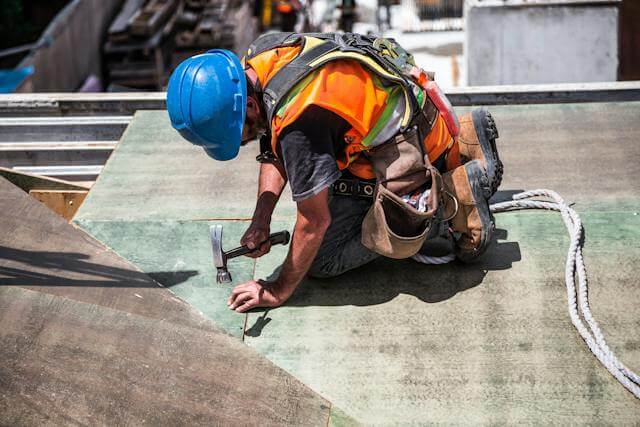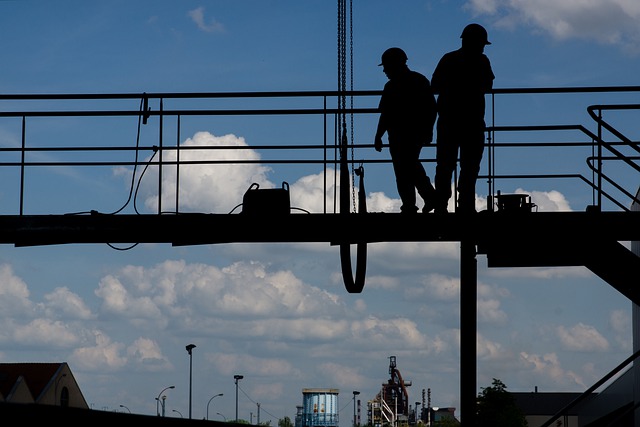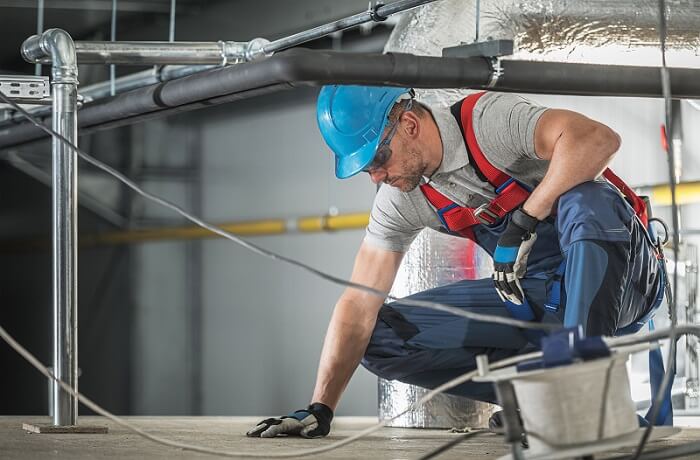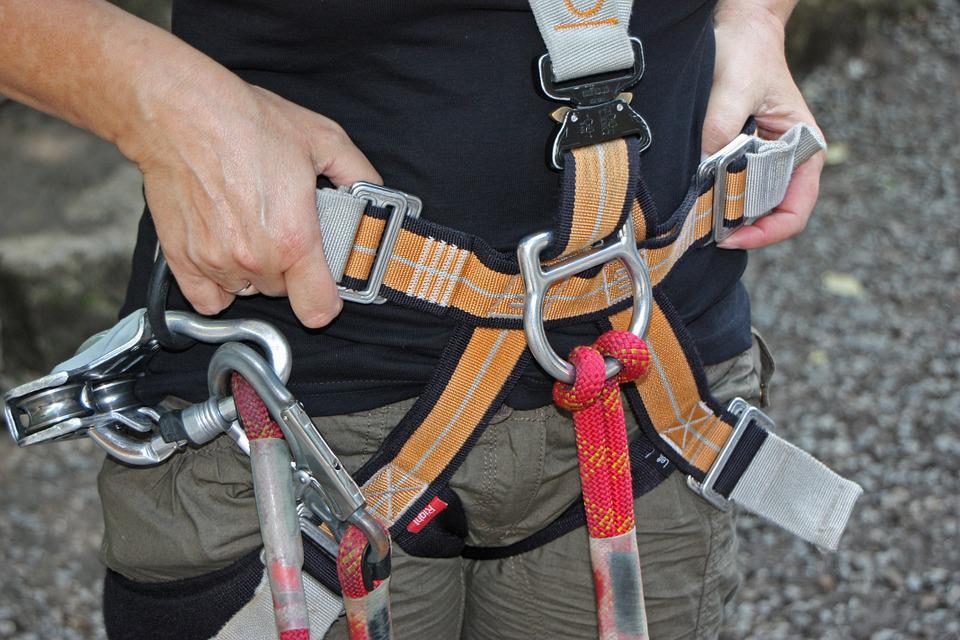
What Does Working at Height Mean?
Working at height refers to work where, without precautions, a person could fall from one level to another resulting in an injury.
Falls from height are among the leading causes of injury and fatalities at work, but these falls aren't always from the heights of towering skyscrapers like you may expect - in fact, it is those who work on ladders and fragile surfaces that are most at risk.
Working at height refers to any work on a raised level where harm could occur from a fall, so whether they're scaling the side of a building one hundred feet up or they're only a few inches off the ground, precautions must be taken to protect the worker from a fall from height.
More...

Working at height equipment includes any product that has been specifically designed to enable a person to safely work at height. There are many types of working at height equipment you can use to keep you and your workers safe.
More...

To check a safety harness, inspect the manufacturer label, the hardware, and the software.
Before you step into your harness, you must always inspect it to ensure that it can be relied upon. It is vital that safety harnesses are regularly inspected by a competent person who is fully trained and authorised by the manufacturer. It’s also a good idea for all staff to regularly inspect their safety harnesses in addition to these official checks. Start by checking the manufacturer label, and continue the inspection until you are certain that it is safe.
More...

When it comes to climbing or working at height, you need a safety harness that’s both reliable and comfortable. Especially if you’re spending longer periods of time at height, you’ll want to be as comfortable as possible.
To help you choose a safety harness, we’ve compiled this list of trustworthy, durable harnesses that don’t compromise on comfort.
More...

If you've ever worked at height before, you'll know that safety harnesses are a very important piece of safety equipment - but how do they actually work? What's the science behind safety harnesses and how do they keep you safe?
More...

